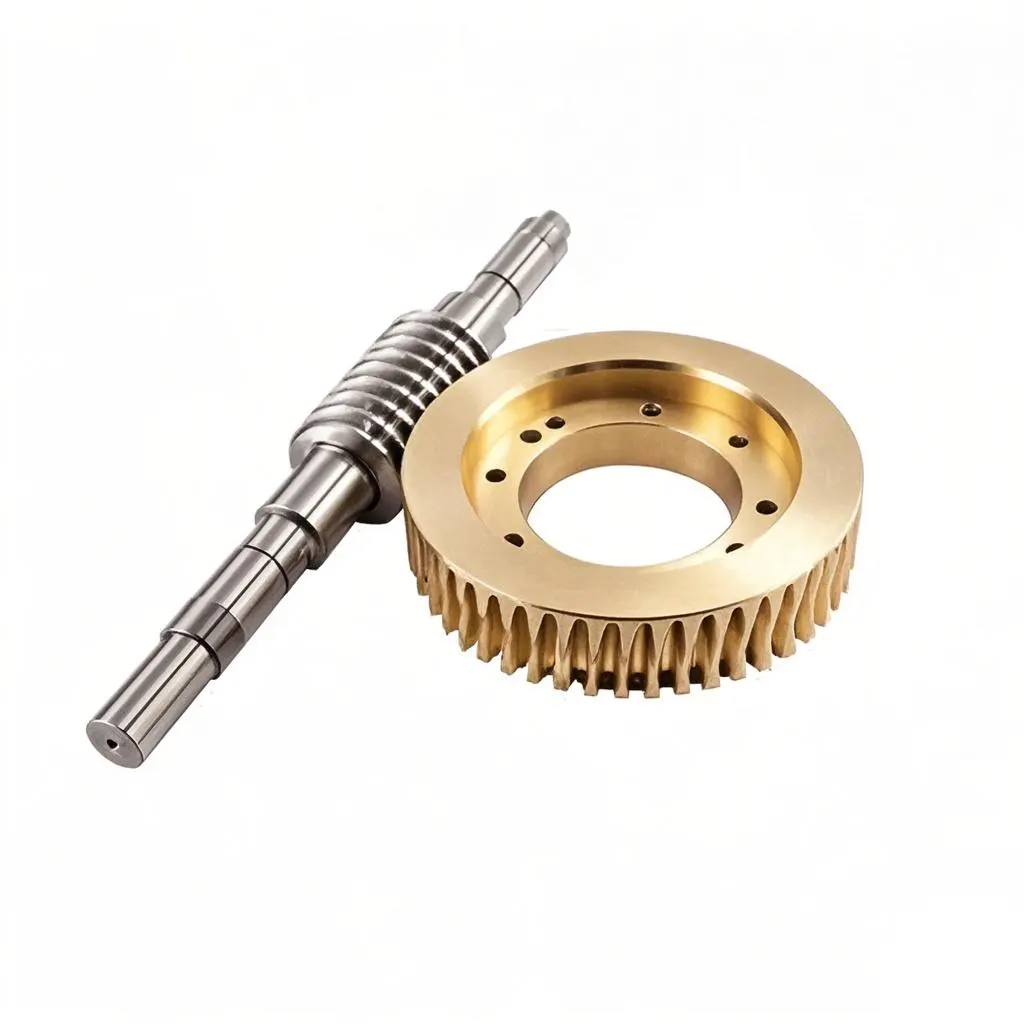Worm gear and worm drive is a common form of mechanical transmission. It is widely used in lifting, conveying, automation and other fields due to its compact structure, good self-locking performance and smooth transmission. However, a notable feature of worm gear transmission is its relatively low efficiency. This article will conduct a detailed analysis around the definition of worm gear efficiency, its influencing factors, improvement methods, and trade-offs in engineering applications.
What is Worm Gear Efficiency?
Worm gear efficiency usually refers to the ratio of output power to input power during the transmission process of a worm gear and worm pair, expressed as a percentage:
Efficiency (η) = Output power/Input power × 100%
The higher the efficiency, the less energy loss there is during the transmission process. The efficiency of worm gears is usually lower than that of traditional gear transmission, mostly ranging from 30% to 90%, depending on various factors.

Main Factors Affecting the Efficiency of Worm Gears
- Friction loss
The contact mode of worm gears and worms is sliding friction, which is different from the rolling contact of gear transmission. If the sliding friction coefficient is large, it
